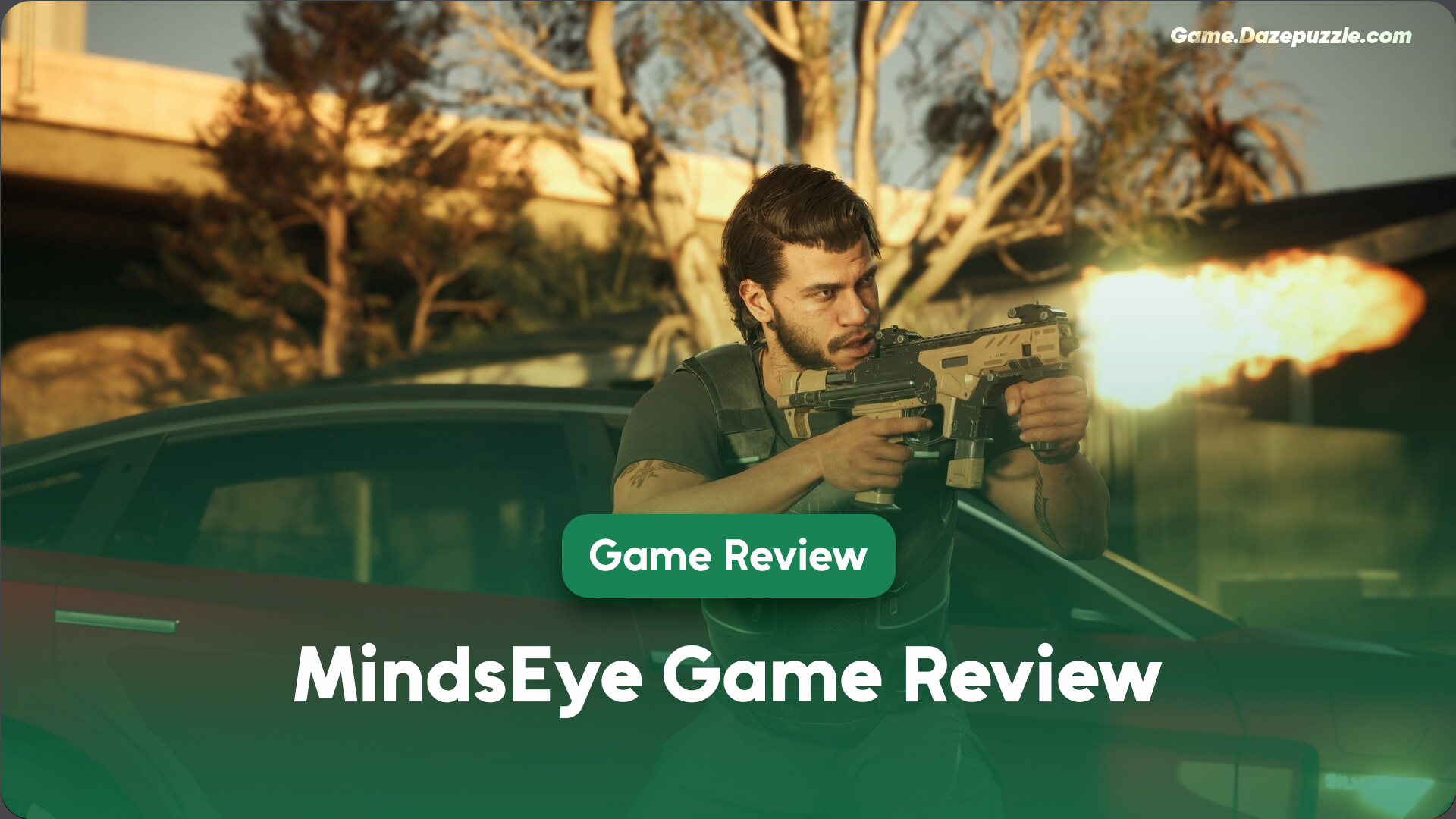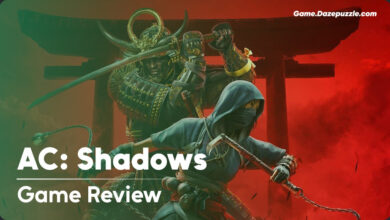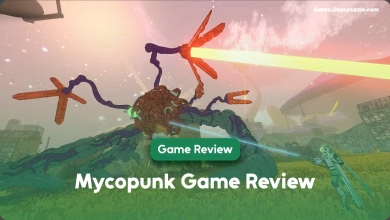There’s a certain magic that crackles in the air before a big game release. It’s a feeling woven from dazzling trailers, ambitious promises, and the pedigree of the creators behind the curtain. When we heard that Leslie Benzies, one of the key minds that helped shape the legendary Grand Theft Auto series, was pouring his creative energy into a new universe, that magic felt more potent than ever. The project, a futuristic adventure called MindsEye, was whispered about with a sense of reverence. We were led to believe we were on the brink of something new, something revolutionary. We buckled up, ready for a journey into a sprawling, next-generation world.
The dream was a beautiful one. The reality, however, is a jarring, cold awakening. MindsEye has arrived, and it is not the masterpiece we were hoping for. It’s not even a particularly good game. It is a profound, soul-crushing disappointment. It stands as a monumental cautionary tale about how the brightest ambitions can curdle and collapse, leaving behind a hollow echo of what could have been.
This isn’t a review written with malice or a desire to tear down a developer’s hard work. It’s a review written from a place of genuine deflation, the kind you feel when something you were truly excited for reveals itself to be a shallow, unfinished, and ultimately joyless experience. So, let’s take a walk through the sterile streets of Redrock, the city at the heart of MindsEye, and explore why this grand vision feels more like a beautiful, elaborate prison than a world begging to be explored.
What’s in our MindsEye Game Review
A Story on Life Support
At the heart of any great adventure is a story that grabs you, characters that you connect with, and a world that feels alive. MindsEye attempts to lay this foundation but fails at every conceivable level. The game puts you in the boots of Jacob Diaz, a former soldier haunted by his past and fitted with a mysterious neural implant. Set against the backdrop of the futuristic desert metropolis of Redrock, a city policed by an all seeing AI, the stage is set for a classic tale of conspiracy, rebellion, and self-discovery.
The problem is, the play itself is dreadfully boring. The story unfolds with all the passion and creativity of a corporate training video. The plot points are so predictable you’ll feel like you’ve seen this movie a hundred times before. There’s the gruff protagonist with a secret, the shadowy corporation with sinister motives, the rogue AI, and the small band of rebels fighting the good fight. These are not timeless archetypes; they are tired clichés, presented without a shred of originality or charm.
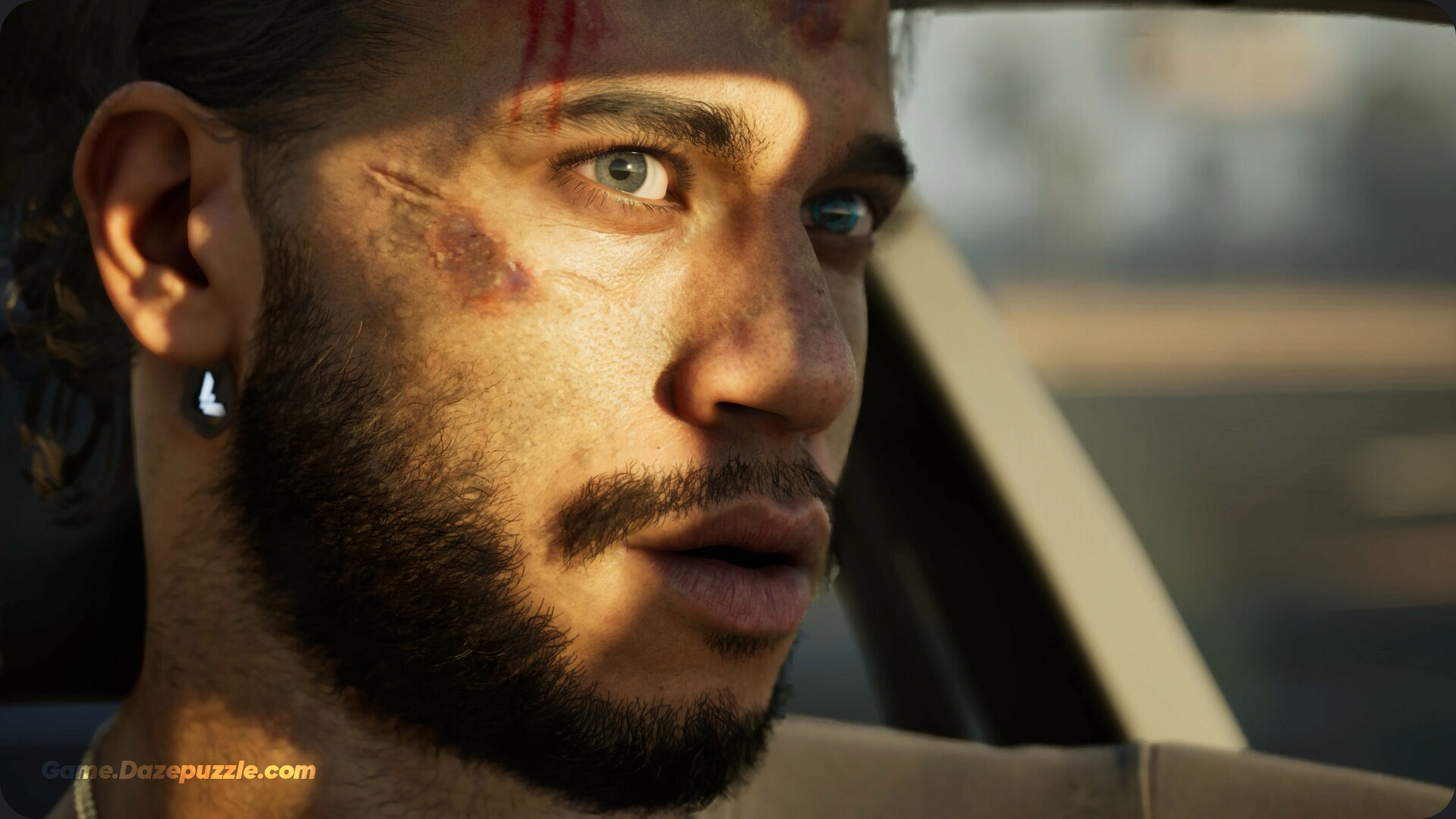
Jacob Diaz is a difficult protagonist to root for, mainly because he’s barely a character at all. He’s a vessel for the player, but he’s an empty one. His dialogue is flat, his motivations are murky, and he moves through the world with a sense of detached indifference that quickly becomes infectious. You don’t feel his pain or his anger; you just watch him go through the motions, a puppet whose strings are being pulled by a narrative that has no real destination in mind. The supporting cast fares no better, serving as little more than talking heads to deliver exposition and send you on your next tedious errand.
This narrative failure is made even more painful by the world of Redrock itself. From a distance, the city is a visual spectacle. Neon lights glimmer against towering skyscrapers, and flying vehicles zip through the air. It’s the futuristic city we’ve seen in countless sci-fi films. But the moment you step into it, the illusion shatters. Redrock is not a living, breathing city; it’s a movie set. The streets are sparsely populated with lifeless NPCs who wander aimlessly, repeating the same few lines of dialogue. The buildings are gorgeous facades with no accessible interiors. There’s no sense of culture, no history, no soul.
Worst of all is the game’s fundamental misunderstanding of what players want from a world that looks this big. MindsEye presents you with a sprawling city but confines you to a narrow, invisible corridor. This isn’t an open world. It’s what many have aptly called a “faux-pen world.” You are on a theme park ride, shuttled from one action sequence to the next, allowed to look at the tantalizing world around you but never, ever allowed to touch it or explore it on your own terms. That feeling of freedom, the cornerstone of the games its creator was famous for, is completely absent. It’s a deeply frustrating and claustrophobic experience that feels like a betrayal of the game’s visual promise.
Gameplay from a Bygone Era
If the story is the soul of a game, the gameplay is its skeleton. It’s the very structure that everything else is built upon. The skeleton of MindsEye is brittle, archaic, and painfully familiar. At its core, the game is a third-person shooter, a genre that has evolved dramatically over the last decade. MindsEye, however, feels like it has been in a time capsule since 2012.
The core gameplay loop is relentlessly repetitive. You watch a cutscene where characters explain the next objective. Then, you are guided down a linear path to a combat arena. You shoot a wave of generic, unintelligent enemies. Then, you watch another cutscene. Rinse and repeat, for the entire duration of the game. There is no room for player creativity, no opportunity for strategic thinking, and no sense of emergent gameplay. You are simply following a script.
Let’s talk about the shooting. It’s functional. That’s the most generous word one can use. You point the gun, you pull the trigger, and the enemy on the other end falls down. It works. But in a world where we have games with dynamic physics, incredible weapon feedback, and intelligent enemy AI, “functional” is simply not good enough. The weapons in MindsEye lack impact. They feel like pea shooters, with weak sound design and little to no recoil to suggest you’re wielding a powerful firearm.
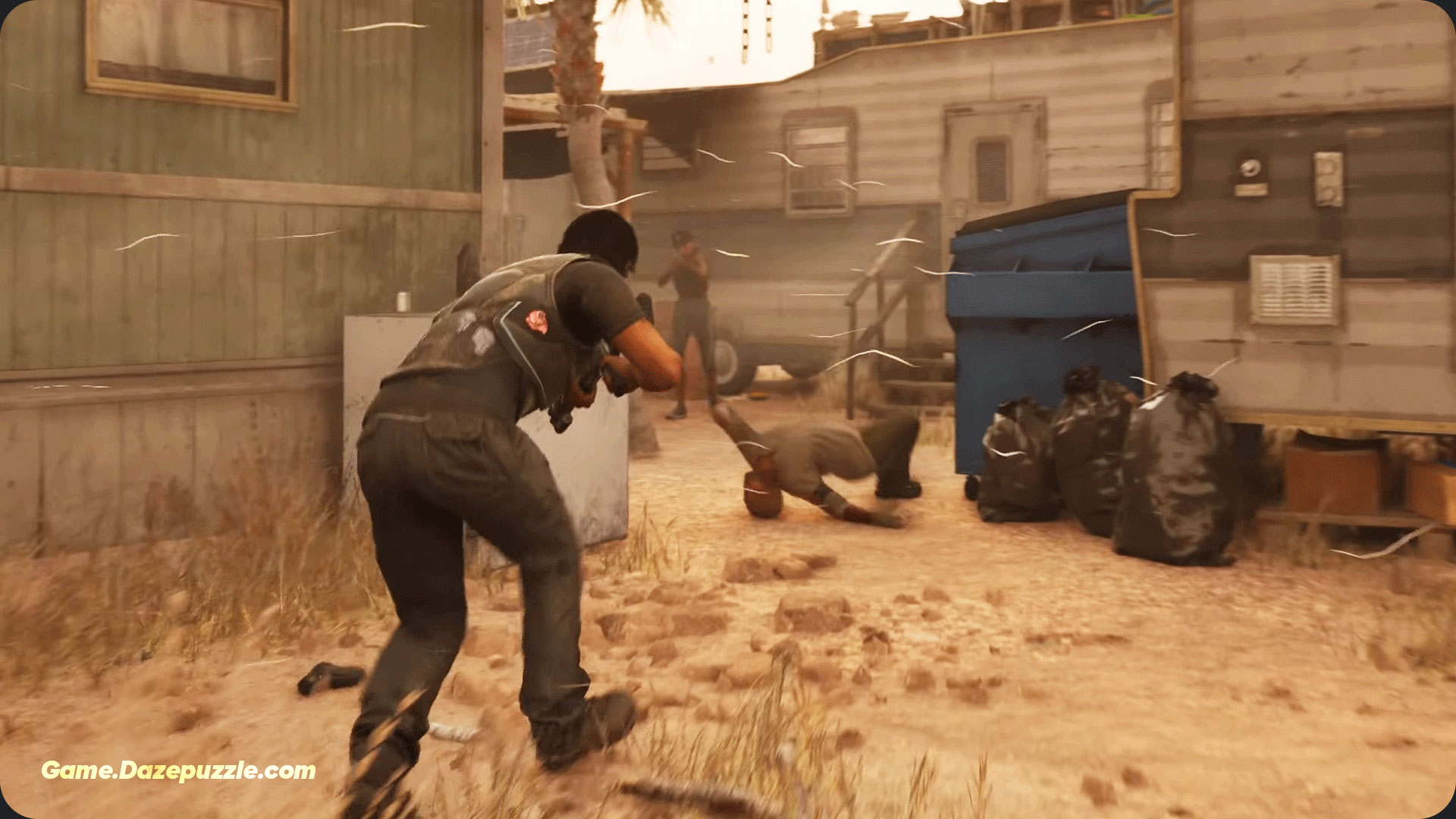
The enemies you face are equally uninspired. They are an army of clones who exhibit the most basic combat intelligence. They will run to a pre determined piece of cover, pop their heads out at regular intervals, and occasionally throw a grenade in your general direction. There’s no flanking, no coordinated attacks, and no sense of self preservation. They exist purely to be targets in a shooting gallery, and a rather dull one at that. Encounters quickly devolve into a monotonous chore rather than a thrilling battle for survival.
The game also includes driving sequences, but these feel more like a tedious necessity than a fun activity. The vehicles feel weightless and disconnected from the road. There’s no thrill in speeding through the streets of Redrock because the driving physics are floaty and unsatisfying. It’s just a means to get from one prescribed mission point to the next, an interactive loading screen that further highlights how empty and non-interactive the city truly is.
This rigid and dated gameplay design is perhaps the game’s most unforgivable sin. It shows a baffling lack of awareness of the progress the industry has made. Playing MindsEye feels like stepping backward in time, but without the nostalgic charm. It’s just old, tired, and completely devoid of the innovation we were promised.
You might also like this: Top 10 Video Game Stories
An Unfinished, Unpolished Mess
Layered on top of the weak story and dated gameplay is a thick coat of technical issues. MindsEye does not feel like a finished product. It feels like a beta version that was pushed out the door far too early, a house built on a shaky foundation with the paint still wet and the wires exposed.
From a performance standpoint, the game is a mixed bag, and that’s being generous. Even on powerful gaming PCs, players have reported significant frame rate drops, stuttering, and screen tearing that shatter any hope of immersion. The visual splendor of Redrock’s skyline is hard to appreciate when the game itself is chugging along like an old engine struggling to turn over.
Then there are the bugs. So, so many bugs. These aren’t just minor visual quirks; they are game breaking problems that can halt your progress entirely. Characters get stuck on scenery, audio cuts out during crucial moments of dialogue, mission objectives fail to trigger, and the game is prone to outright crashing. This lack of polish is everywhere. Animations are clunky and unnatural, the user interface is confusing and poorly designed, and the whole experience feels cobbled together with duct tape and wishful thinking.
This technical instability does more than just frustrate the player; it reinforces the feeling that the game was rushed. It signals a lack of care and respect for the player’s time and money. When you are constantly fighting against the game itself just to make it work, it becomes impossible to get lost in its world or story. The illusion is constantly being broken, reminding you that you are not an adventurer in a futuristic city, but a beta tester for a product that needed several more months, if not years, of development.
A Cloud of Confusion and Controversy
The problems with MindsEye are not confined to the game itself. The circumstances surrounding its launch have been peculiar and, frankly, off putting. In a move that is almost always a sign of a lack of confidence, the developer, Build A Rocket Boy, did not provide review copies to the press ahead of its release. This prevented professional critics from providing timely verdicts, leaving early adopters to venture into the unknown.
When the overwhelmingly negative feedback from players began to surface, the studio’s response was not one of humility or a promise to fix the issues. Instead, the CEO made public statements suggesting that the negative reception was the result of a “concerted effort” or a “hit job” by third parties. This defensive posture was met with ridicule and did little to win over a community that already felt burned.
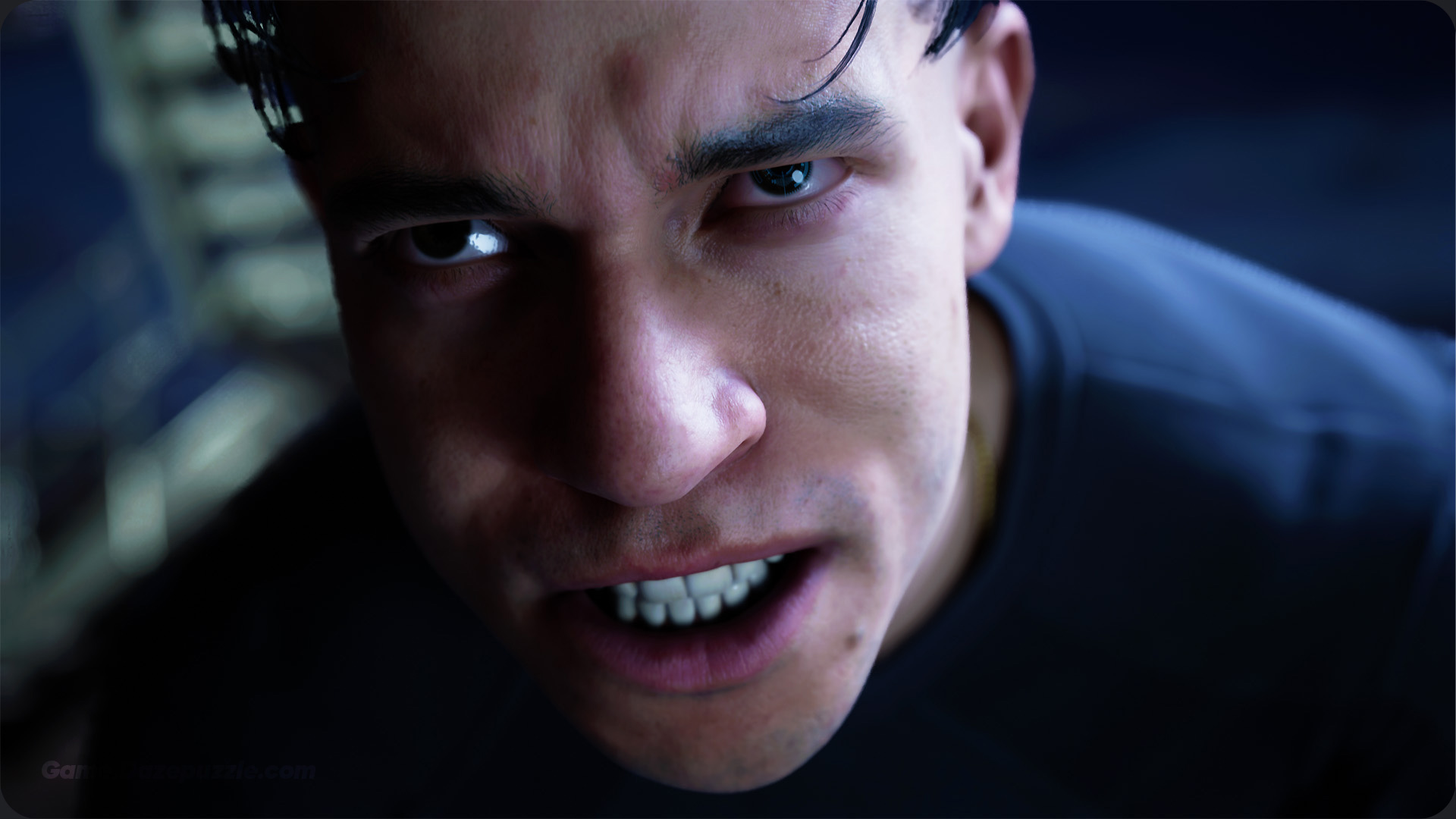
Adding to the confusion is the game’s connection to a larger, nebulous project called “Everywhere.” We are told that MindsEye is just one component of this grander platform, which is meant to be a sort of creative sandbox, a place for users to build and share their own content, akin to Roblox or Dreams. However, the game itself does a horrendous job of explaining what “Everywhere” is or why we should care about it. The connection feels tenuous and poorly communicated, leaving MindsEye feeling less like a complete experience and more like a glorified, full priced tech demo for a different product that may or may not ever materialize in a compelling way.
The Final Verdict: A Vision Unrealized
Returning to where we started, to that magical feeling of anticipation, it’s hard not to feel a sense of profound sadness when looking at what MindsEye turned out to be. It is a game built on a foundation of spectacular promises, but it delivers on none of them. The story is a lifeless husk, the gameplay is a relic of a past generation, and the entire experience is held together by fraying technical threads.
It is a world without a soul, an adventure without a heart.
Is MindsEye worth your time and money? In its current state, the answer is an unequivocal no. It is a shallow, frustrating, and boring experience that fails to respect the player. Perhaps one day, through a series of massive updates and a complete overhaul, it could be molded into something worthwhile. But we must review the game that exists today, not the game we hope it might become.
MindsEye will be remembered, but not for the reasons its creators intended. It will be remembered as a cautionary tale. A story of how vision without execution, ambition without substance, and hype without a solid foundation can lead to one of the most staggering disappointments in recent memory. We were promised a universe of possibilities, but what we got was a trip down a dead end street.
Thanks for keeping up Game.Dazepuzzle.com
MindsEye is a third-person action-adventure thriller developed by Build a Rocket Boy and published by IO Interactive, released on June 10, 2025, for PlayStation 5, Xbox Series X/S, and PC. Led by former Grand Theft Auto producer Leslie Benzies, the game places players in the role of Jacob Diaz, a former soldier with a mysterious neural implant causing memory loss and flashbacksMindsEye Ratings
Gameplay - 3
Story/Narrative - 6
Graphics/Visuals - 7
Sound/Music - 6.5
Content/Value - 2
4.9
10

